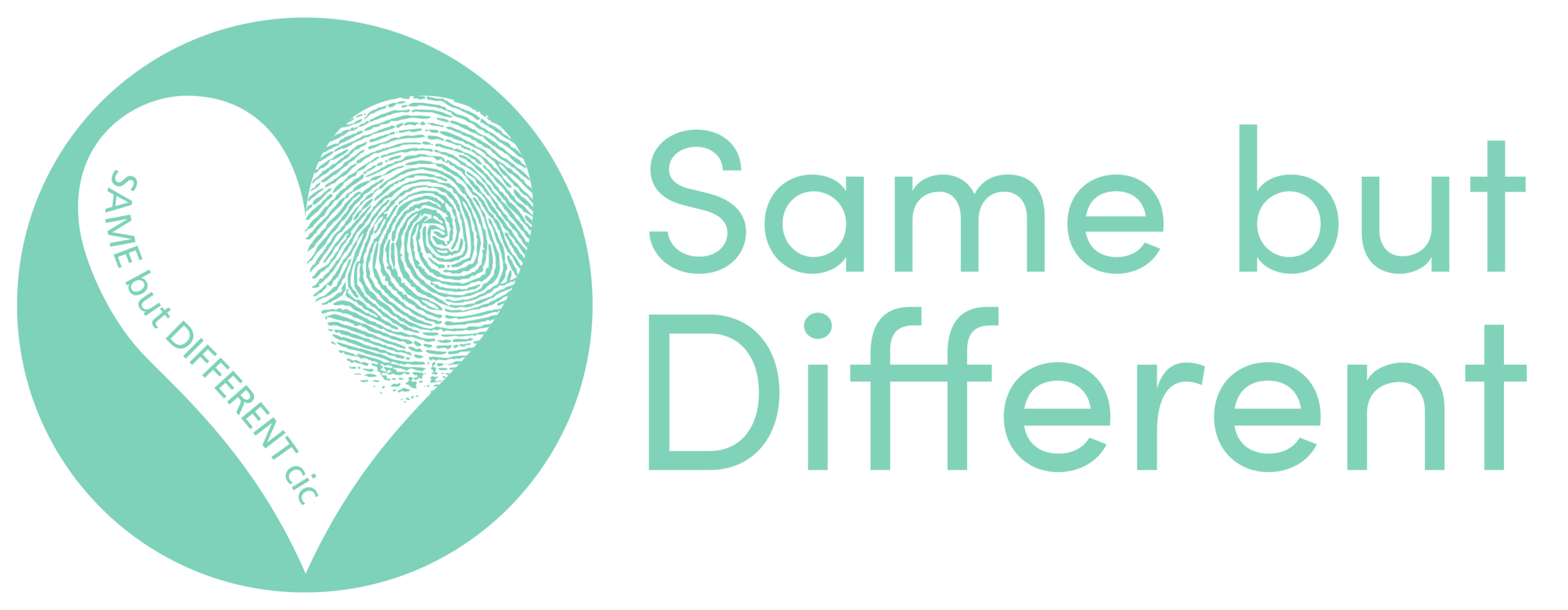Rare Beauty - Undiagnosed
We met Aidan at Birmingham Children's Hospital when he came to visit Dr Larissa Kerecuk. She had known him since he was a baby and initially worked at the hospital where he was a patient. The family have kept in contact over the years and she has introduced them to the 10,000 Genome Project in the hope that they can find answers as to why Aidan has his conditions.
His mother, Natasha, explained how complex his condition is and how lack of awareness made it difficult to access the right medical care in the early days.
"Aidan is 14 years old. He has cerebral palsy, he is epileptic and also has a syndrome called worster-drought syndrome. The cerebral palsy for Aidan is only very mild. It affects his legs and his feet which means that he can’t walk long distances. His epilepsy is, on the whole, under control but it can happen at any moment, day or night. The worster-drought syndrome is more complicated because it affects his speech and his swallowing. His airway, when he was born, was completely shut so he was basically suffocating himself and he needed a tracheostomy. During this time, I nursed him at home for two years, caring for all his needs 24 hours a day.
At its worst I have seen Aidan go varying colours from blue to purple where his oxygen saturation went down to the point that he needed to be resuscitated. He stopped breathing many, many times and has been in intensive care too many times to count.
Aidan has had 21 operations, mainly just to reconstruct his airway, because his body’s natural reaction is to shut it down. His airway completely collapses so he had a man-made one put in. They took some rib cartilage and rebuilt around it, which is amazingly clever. For him it was just a matter of waiting to grow, because he was born 7 weeks early.
It was a horrendous time and I would constantly worry about him. I nearly had a breakdown from the stress we were under because I was only sleeping 2 hours a night, every night. I could have been up 30 – 40 times a night because I had to suction his tube. I had to make sure his airway was clear at all times. If it dried out it blocked and I had to change the tube. I literally had 30 seconds to whisk the one tube out and put a new tube in. He also had an NG tube and he used to pull that out every time he cried because he could hook it under his finger and whip it out. I then had to insert it back in. So yes it was hell, absolute hell.
We have extremely good family support. My husband works shifts and so when he was on nights they used to take it in turns coming over and sleeping in our house. It meant that if I had to do an emergency tube change they were there to assist. Other than their support we have had no other help at all, there was nothing. Now they have a whole care package. They have respite, they have people coming in, they have all-sorts but in those days they had nothing, absolutely nothing. It was horrendous, it really was horrendous.
Natasha Hawley, Aidan's Mum
Awareness of rare diseases is very important. In the early days when he was in hospital we were in a ward where there were 6 or 7 people all with a tracheostomy and you looked around and thought ‘ooh they are all the same’. You would then go back to your own area and because the hospitals don’t specialise in that particular field Aidan was often the only child they had come across with a tracheostomy. We ended up having to show the nurses how to do a weekly tube change.
On occasions we would have lots of student nurses watching us do it so in theory we were parents who had no medical training, training nurses who had never seen this sort of thing before. Having more awareness is very important.
We have had to fight many battles over the years and some of those have been with nursing staff who just would not accept that we had more experience with his care. It reached a point where I just didn’t leave his side because I couldn’t trust the staff to know how to treat him. Even now it is still instilled in me and I worry ‘what are they going to forget to do or what are they not trained to look at?’
It can be difficult for people to understand how severely Aidan’s condition affects him because outwardly he looks so well. Before I had Aidan I was very shy but you get to that point where you realise you have to speak on behalf of your child and sometimes you have to shout out for them.
The Rare Beauty project has been designed to encourage people to want to know more about what is happening in the images. We have introduced beauty into every day scenes that people with rare diseases find themselves and through these images we will tell the story of the people, their families, friends and hospital staff involved in their care. We are grateful to BBC Children in Need for their support and to Birmingham Children's Hospital for their assistance.
You can read about a consultant's perspective to rare disease by clicking here.
If you wish to discuss this project or reproduce any images or story please contact ceri@samebutdifferentcic.org.uk. The photographer on this project is Ceridwen Hughes (www.ceridwenhughes.com)



